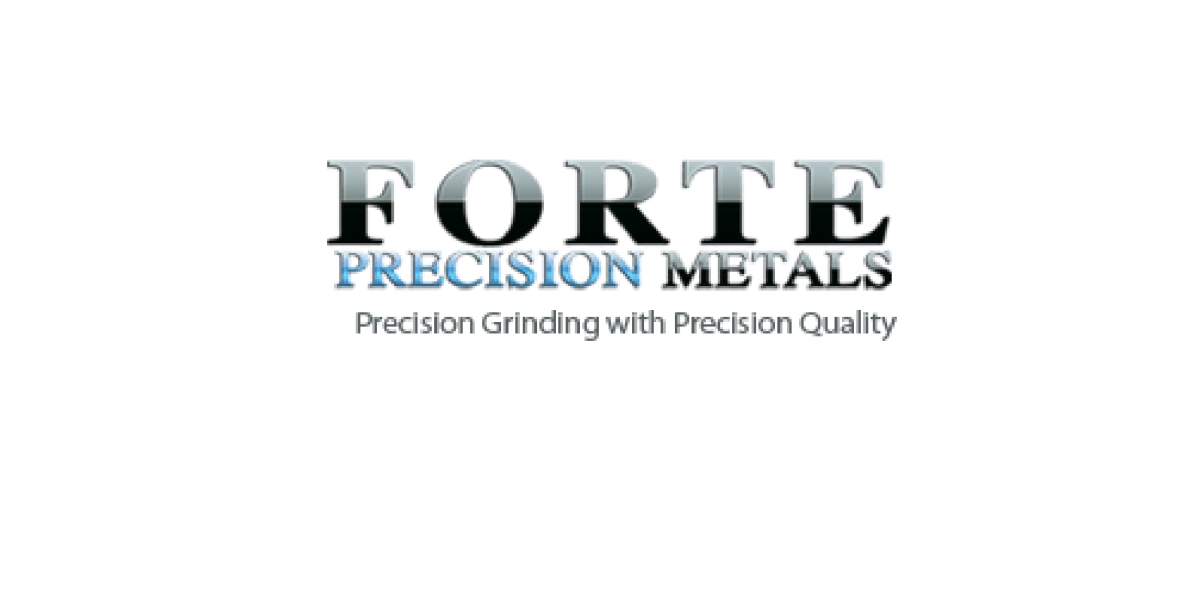Bronze, a versatile alloy composed primarily of copper and tin, has been a prized material for centuries due to its durability, corrosion resistance, and aesthetic appeal. When it comes to creating exceptional products, the selection of bronze bar stock is a critical step in the manufacturing process. In this comprehensive guide, we will explore the key considerations for choosing the right bronze bar stock to ensure excellence in your forging endeavors.
Understanding Bronze Alloys
Bronze bars alloys come in various compositions, each designed to impart specific properties to the material. The two primary components, copper and tin, are often supplemented with other elements such as aluminum, phosphorus, or silicon. Let’s delve into some common bronze alloys:
Phosphor Bronze (C51000):
Known for its excellent strength and wear resistance.
Ideal for applications requiring high fatigue resistance, such as bearings and electrical connectors.
Aluminum Bronze (C61400, C95400):
Exhibits exceptional corrosion resistance and high strength.
Used in marine applications, heavy-duty machinery components, and aerospace engineering.
Silicon Bronze (C65100, C65500):
Recognized for its weldability and corrosion resistance.
Suitable for artistic applications, architectural elements, and marine hardware.
Selecting the Right Bronze Bar Stock
When choosing bronze bar stock, consider the following factors:
Application Requirements:
Clearly define the requirements of your application.
Consider factors such as strength, corrosion resistance, machinability, and aesthetic appeal.
Alloy Selection:
Choose the bronze alloy that best aligns with your project needs.
Phosphor bronze, aluminum bronze, and silicon bronze offer different combinations of properties, allowing you to tailor the material to your specific requirements.
Size and Shape:
Determine the appropriate size and shape of the bronze bar stock for your project.
Common shapes include round bars, square bars, hexagonal bars, and flat bars. Consider the form that best suits your manufacturing process and design specifications.
Heat Treatment and Machinability:
Understand the heat treatment options for the chosen bronze alloy.
Some bronze alloys respond well to heat treatment, enhancing their mechanical properties.
Consider the machinability of the material, especially if precision machining is crucial for your project.
Corrosion Resistance:
Evaluate the corrosion resistance of the bronze alloy in the intended environment.
This is particularly important for applications in marine, architectural, or industrial settings where exposure to moisture and harsh conditions is common.
Aesthetic Considerations:
If aesthetics play a role in your project, consider the color and finish of the bronze alloy.
Bronze develops a distinctive patina over time, adding to its visual appeal.
In summary, bronze bars combine timeless artistry with strength. Whether you’re crafting architectural elements, marine hardware, or precision components, choosing the right bronze bar stock ensures excellence in your work








